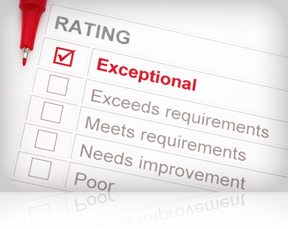What is the biggest fear in today’s managers? What is it that gives them sleepless nights?
“Managers are uncomfortable when they are put in the position of ‘playing God,’” explained Douglas McGregor while portraying managers resistance to undertaking the conventional kind of appraisal of employee performance. He designed an approach in which he stressed on the importance of the subordinates establishing their personal short-term goals and evaluating their performance themselves. As a consequence of this, interviews with manager focus on the employee’s strengths, rather than his shortcomings, and they tend less to digress into personalities. Performance appraisal within management ranks has been standardised in many companies during the past 20 years and is currently being adopted by many others, often as a vital part of management development programs. The more the method is used, the more skeptism it attracts due to the unstated assumptions which lie behind it.
With deep research one can find that a number of people both in education and in industry share such skepticism. This article by Douglas McGregor, therefore, had two purposes:
1. To examine the conventional performance appraisal plan which requires the manager to pass judgment on the personal worth of subordinates. 2. To describe an alternative which places on the subordinate the primary responsibility for establishing performance goals and appraising progress toward them.
The Formal performance appraisal plans are designed to meet three needs, one for the organization and two for the individual:
1. They provide systematic judgments to back up salary increases, promotions, transfers, and sometimes demotions or terminations.
2. They are a means of telling a subordinate how he is doing, and suggesting needed changes in his behavior, attitudes, skills, or job knowledge; they let him know “where he stands” with the boss.
3. They also are being increasingly used as a basis for the coaching and counseling of the individual by the superior.
 Stay Ahead with the Power of Upskilling - Invest in Yourself!
Stay Ahead with the Power of Upskilling - Invest in Yourself! 





5 Comments. Leave new
Good Effort
Well explained..!
Great Work
Well explained..
Well Explained 😀